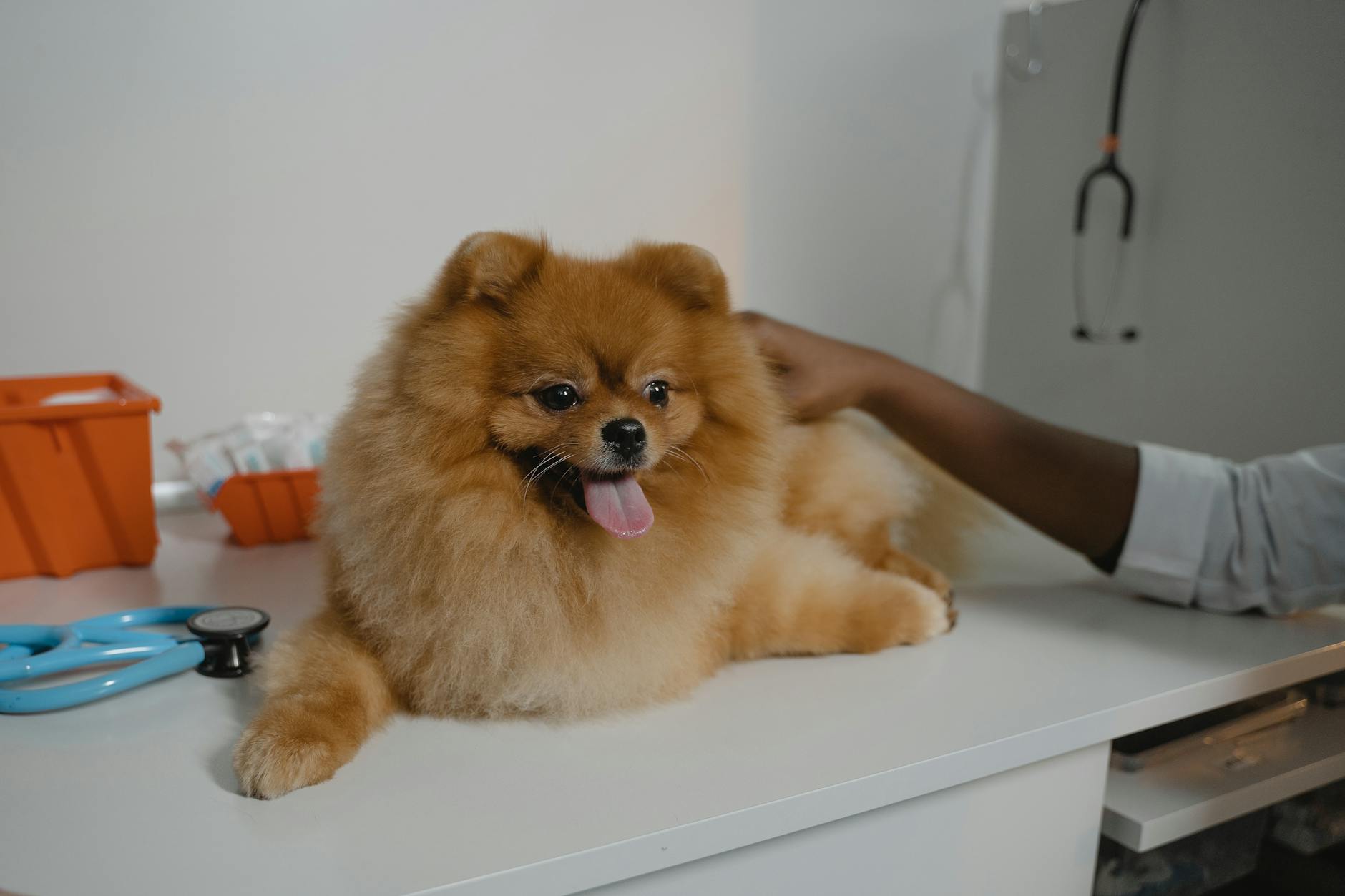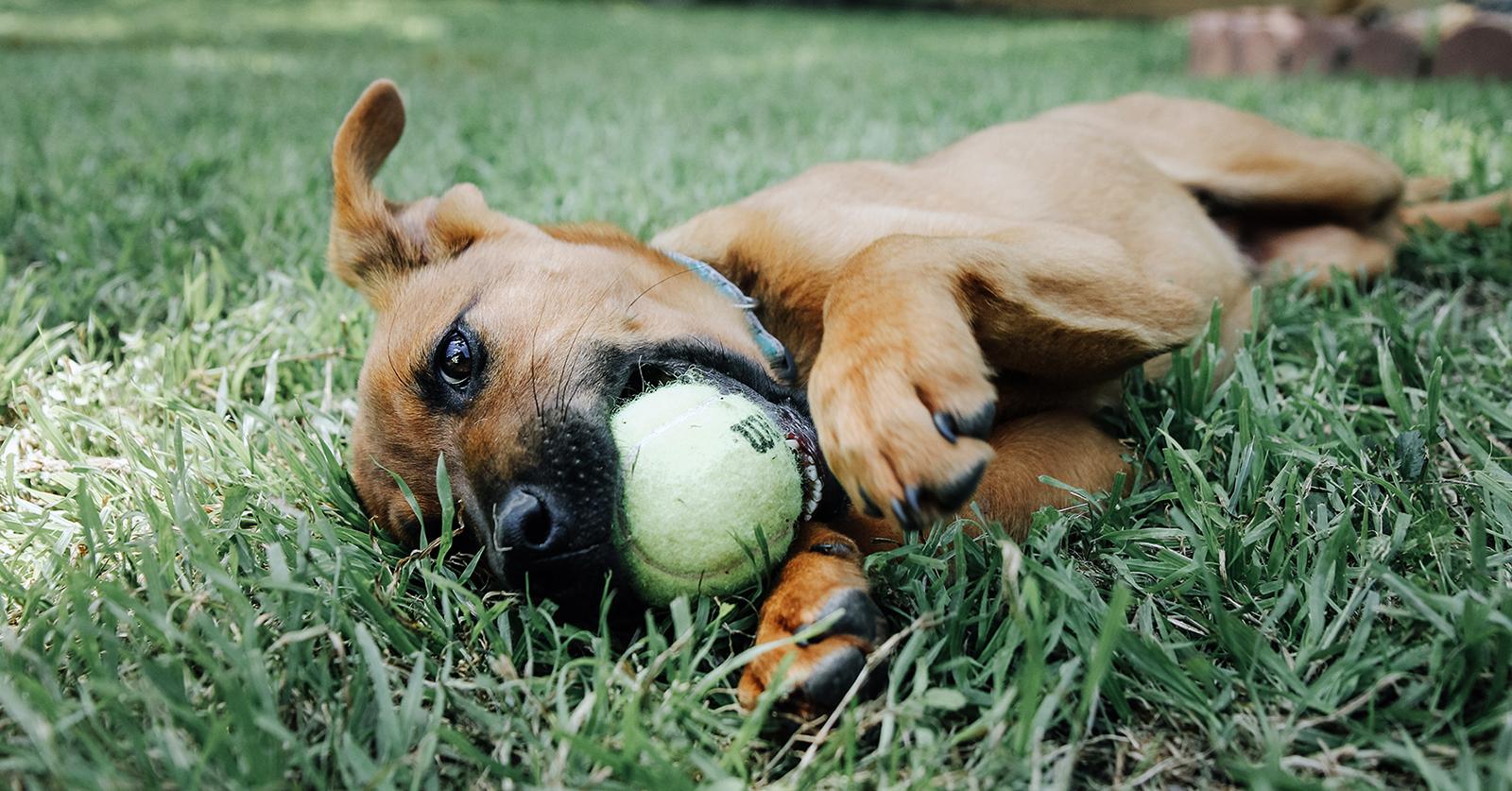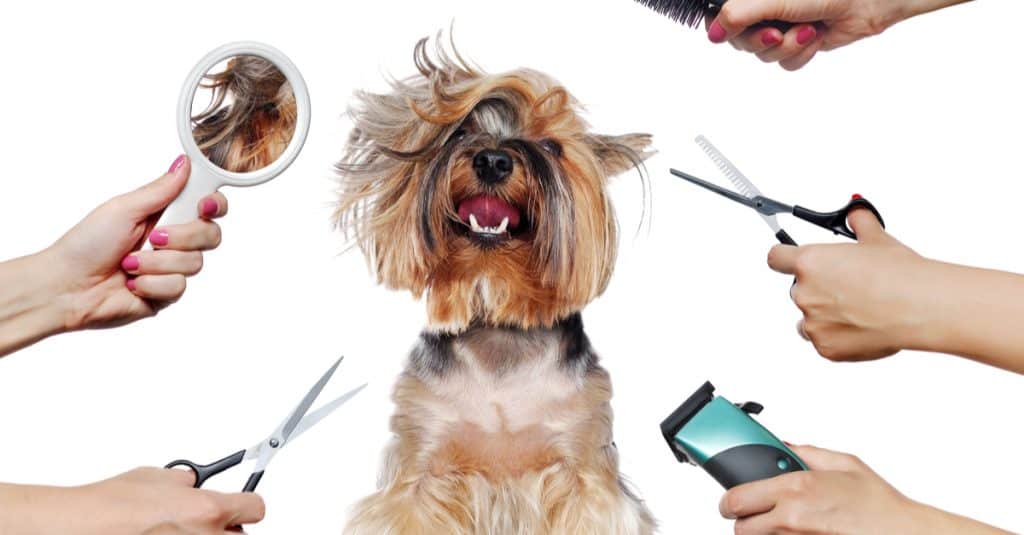You got the perfect dog!
Brightened eyes? Check! Shiny fur? Check! High-on energy? Check! Fresh breath? Ahaan! Caught you here.
You know what the problem is - It’s Dental Hygiene.
Pet-parents often ignore their dog’s dental hygiene, which leads to stinky breath and other dental problems. You’d be shocked to know that 80% of the dogs have some dental disease by the age of 3. You certainly do not want that for your dog. So, Furrble brings you the dos and don’ts of Dental Hygiene.
Let’s Pet-Set and go!
Before getting into the nitty-gritty of dental hygiene, let’s address one of the most asked questions:
Can kibbles help to clean your dog’s teeth?
 Short answer - NO.
Kibbles helping to clean your dog’s teeth is nothing but a myth. It is like assuming that cereal would keep your teeth clean. While certainly, crunchy kibbles can remove the plaque from the top of a dog’s teeth, it would not help with a plaque near the gums.
Short answer - NO.
Kibbles helping to clean your dog’s teeth is nothing but a myth. It is like assuming that cereal would keep your teeth clean. While certainly, crunchy kibbles can remove the plaque from the top of a dog’s teeth, it would not help with a plaque near the gums.
In fact, the majority of kibbles have a high percentage of refined carbohydrates, which could lead to more plaque and tartar buildup. So do not fall for this marketing gimmick and opt for other forms of dental-cleaning methods.
Step-by-step guide for dog brushing!
Ideally, you should brush your dog’s teeth once, daily. But you should aim for at least three times a week. However, it is easier said than done since it is difficult and time-consuming. Here are some easy-peasy tips to make this task a walk in the park!
- Make them comfortable: Many dogs dislike parents touching their face. So, first let them be a little comfortable with you, touching their mouth. Praise them and give them small treats if needed.
- Gradually introduce toothpaste: Do not use a human-grade toothpaste, as it has a high concentration of fluorides, which can harm your dog. Choose a dog-suitable toothpaste. It would take some time for the dog to get used to the toothpaste.
- Start small: Start by brushing only the front-teeth. You can use a normal brush or finger brush, which is made especially for dogs. Once your dog gets comfortable, you can work your way to the back.
- Other tips: Do not brush for over 30-45 secs. Be consistent with brushing their teeth. Also, build a fun routine, so that they look forward to it.
When to visit a Vet?
 Brushing your dog’s teeth is an important part of their dental hygiene. But you might need to consult a vet if your dog has any of the following symptoms:
Brushing your dog’s teeth is an important part of their dental hygiene. But you might need to consult a vet if your dog has any of the following symptoms:
Bad breath: If your dog’s breath worsens and gradually becomes intolerable even after brushing, you might need to see a vet.
Bleeding gums: Bleeding of gums is a red alert. You ought to take your dog to the vet whenever you notice bleeding of gums.
Tartar buildup: If after following the brushing routine, the tartar buildup doesn’t go away and you notice discolouration, it’s Vet time!
Excessive Drooling: If you notice excessive drooling, more than the usual, then it could be a sign of a dental problem.
Abnormal Chewing and Reduced Appetite: Reduced appetite is never a good sign and if along with that you notice that your dog is chewing from just one side- it is double-trouble.
Swelling: If you notice swelling in and around your dog’s mouth, do not ignore it. Take your dog to the vet.
We take care of our dog to the T, be it providing them with the best food or taking their weight management seriously. We do it all. But we often neglect dental hygiene, which could cause serious health issues. But it is not that late.
Start your dog’s dental brushing routine today!
That’s all folks. Until next time…
We hope that you loved this chapter of Fables. For more paw-some content,subscribe to our newsletter check out our other blogs. You can also find us on Twitter, Facebook, Instagram and LinkedIn.


